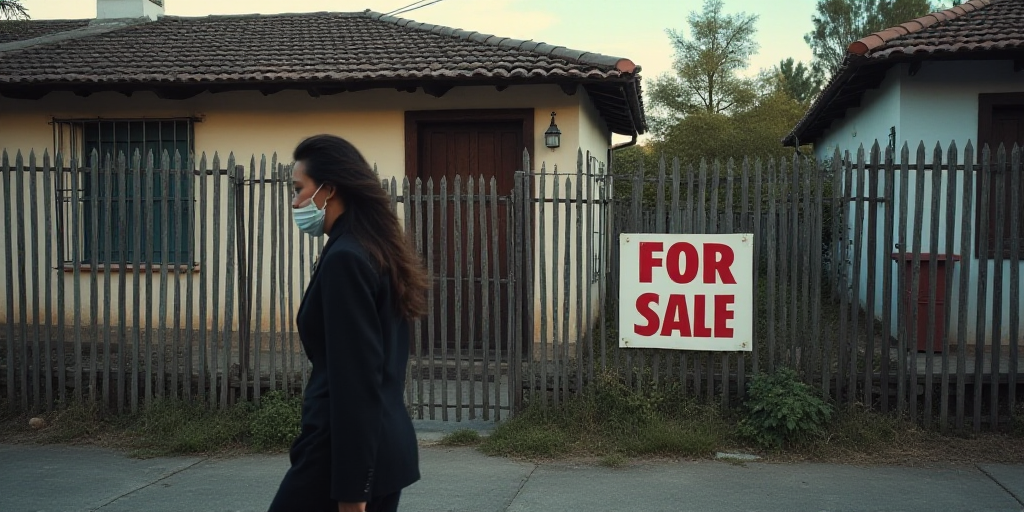Introduction to the Rental Price Control Debate in Mexico City
The issue of gentrification in Mexico City has sparked intense public debate, prompting the capital’s government to introduce “Bando 1,” a strategy with 14 actions aimed at curbing rental price increases and gentrification. However, real estate experts caution that certain measures might prove counterproductive.
Rental Price Reductions and Supply Contraction
Since the approval of rental price caps in Mexico City for 2024, Francisco Andragnes, General Director of Homie, reports a 20% reduction in available rental properties and a 15-30% increase in prices. He explains, “Today, the supply of rental apartments is extremely limited. Recently, we listed a two-bedroom apartment in Portales for 17,000 pesos, and nearly 200 people scheduled viewings over the first weekend. It’s madness because there simply isn’t enough supply.”
Concerns Over Rental Price Regulation
Leopoldo Hirschhon, President of the National Chamber of Real Estate Development and Promotion (CANADEVI) in the Valley of Mexico, emphasizes the importance of clearly defining rental prices in Mexico City. While Secretary Juan Pablo De Botton Falcón mentioned considering factors like property taxes, commercial value, and appraisals, Hirschhon stresses the need for involving property owners and developers in discussions.
“People’s concerns are entirely legitimate, as they struggle to find housing. We hope that through collaboration among authorities, residents, and developers, we can reach a solution. For years, we’ve failed to meet housing demand, displacing approximately 25,000 families annually from Mexico City,” Hirschhon told Econohábitat.
Bando 1’s Relevant Actions
Hirschhon acknowledges that Bando 1 includes crucial actions, such as creating a Master Plan for urban planning and establishing a Land and Housing Observatory. These tools could help better understand the dynamics of Mexico City’s rental market.
The Need for a New Approach
Although Andragnes agrees with the government’s diagnosis of the housing crisis, he argues that controlling rental prices alone won’t solve the core issue. He states, “Rental price control won’t address the fundamental problem unless more housing construction is permitted. Developers are currently hesitant to build in Mexico City due to concerns about obtaining necessary permits or having their projects stalled.”
Andragnes emphasizes the necessity of rethinking Mexico City’s housing future through a master plan that encourages density and quality in available housing. He warns, “What’s needed is to increase availability. Otherwise, an unsustainable scenario awaits Mexico City—one I wouldn’t wish to imagine. A city still building 20,000 homes annually while demand exceeds 100,000 will likely see more displacement and social discontent.”
Key Questions and Answers
- What is the main concern regarding Bando 1? Experts worry that certain measures, like setting a Rental Price Index and enacting a new Just, Reasonable, and Affordable Rent Law, may inadvertently worsen the housing shortage.
- Why are developers hesitant to build in Mexico City? Developers fear difficulties obtaining necessary permits and potential project stalls, which discourages new construction.
- What actions does Bando 1 propose to address the housing crisis? Bando 1 includes creating a Master Plan for urban planning and establishing a Land and Housing Observatory, as well as setting a Rental Price Index and proposing a new Just, Reasonable, and Affordable Rent Law.
- How might the housing crisis escalate if current policies remain unchanged? Without increased housing availability, Mexico City could face an unsustainable situation with more displacement and social discontent.






